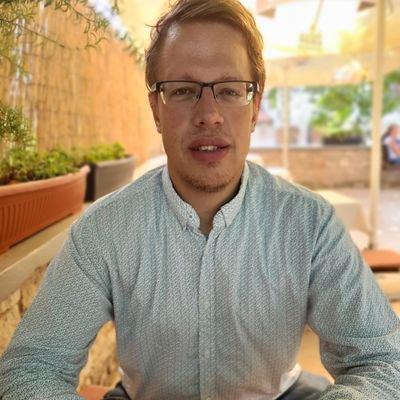Publishing (Material for) MkDocs website to GitHub Pages using custom Actions workflow
Photo source: Roman Synkevych (@synkevych) | Unsplash
As you can probably see, this website is built using the Material theme for MkDocs, which we have been happily using for over one year after using Sphinx for many years prior to that. GitHub Pages offers built-in support for Jekyll, but not for MkDocs and therefore it requires the manual building and deployment of our website. However, it automates many other things, including HTTPS certificate provisioning on our domain via Let's Encrypt.
There are several somewhat related approaches using GitHub Actions for automating the deployment of MkDocs-generated sites, usually with the Material theme, to GitHub Pages. These guides are not only found on blogs written by enthusiasts; the official Getting started section of the Material for MkDocs documentation describes the usage of GitHub Actions for deployment and provides a generic YAML file for that purpose.










